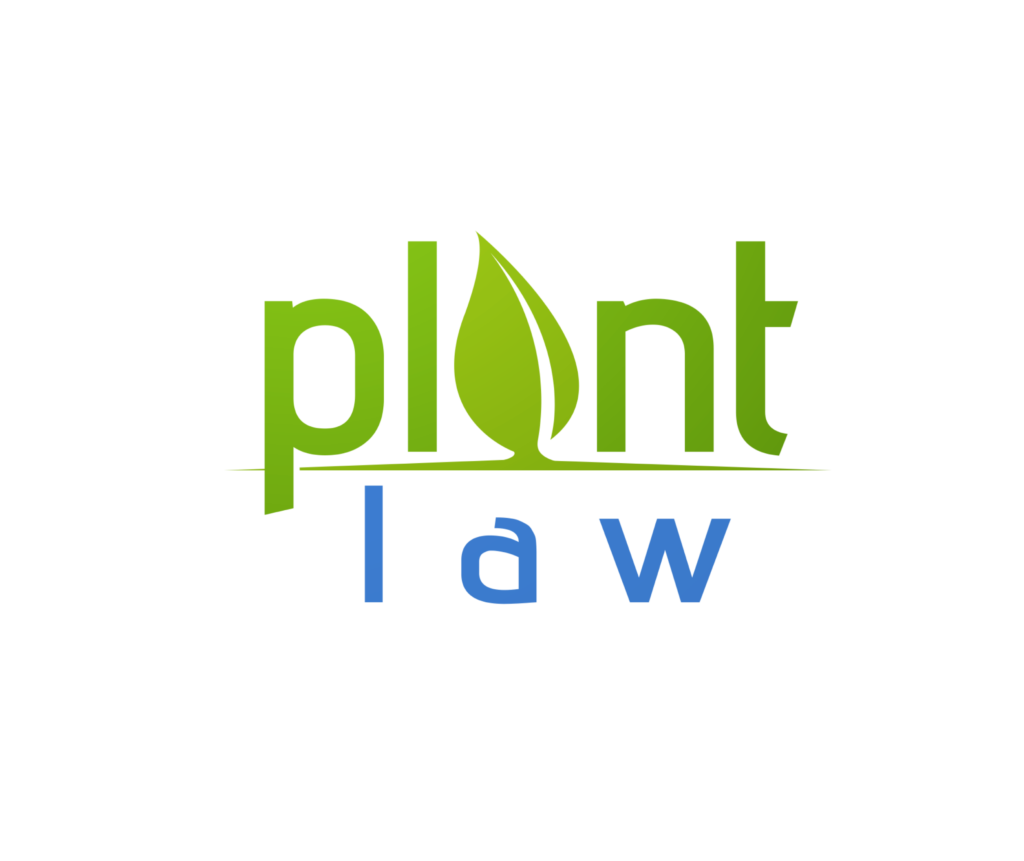AN ALTERNATIVE OR ENHANCEMENT TO YOUR PATENT STRATEGY
Ask A Lawyer a Question and This is What You Get
I was asked recently about whether it is true that, if you never sell your plants, you can renew your patent or your patent never expires. My answer was that like a lot of things people ask lawyers — there is a short answer and a longer, more detailed explanation and, of course, I’ll give both.
Short answer: No, it’s not literally true but, in practical terms, it could seem like it is.
Whaaaat???
That is what long answers are for.
Long answer: Patents always expire, and courts and policymakers really hate it when patent owners try to get tricky and get around patent expiration. So don’t go there. HOWEVER, your right to ownership and control of what is rightfully yours without having it stolen from you doesn’t expire, and that is where the answer circles back to the way the question was asked. So I’ll paraphrase it now to put the concept into the right context.
Q: If you never sell your plants, will your right to control what happens to them outlast the expiration of your patent on the plants?
A: Yes, of course.
Common Sense
And you’re realizing that’s common sense; you don’t need an expensive lawyer to answer that. But you will definitely need a carefully crafted business strategy and commercial operation to put it into action. If you think this sounds difficult, you’re right. However, for some valuable cultivars it’s very much worth the trouble, because their value persists long after the patent expires; and in other situations it’s worth considering as an alternative to ever even filing for IP rights.
Patents always expire at the end of their set term, allowing, of course, for whatever term-extension may have been granted, if any. There’s no getting around that. But the patent is only an enforceable right against an infringer who illicitly propagates the cultivar, which requires possession of the plant or some propagating material in the first place.
A Growing Business Practice
This idea of trying to create some kind of post-patent-term exclusivity is actually a business practice that is becoming more widespread in ag sectors where money is made from selling harvested material (like fruits or flowers), rather than selling whole plants. The practice is to exercise (where possible) very strict exclusive control of important cultivars. The practice must, however, be exceedingly strict — essentially perfect — at least, in theory, never losing control of any propagating material (even pruning material). Under that practice, there is never any third party — anywhere in the world — who can claim legitimate ownership of even one plant of the cultivar in question.
Thus, when any patents expire (which they still will), the owner of the rights to the cultivar still has other legal causes of action (right to sue) against anyone else who tries to commercialize the cultivar, because the owner can still claim misappropriation of tangible personal property (i.e., theft). The challenge, of course, is that anyone who can show that they had legitimate access to the propagating material after the expiration of the patent term has a complete defense.
The Fallen Prunings Case
This actually happened to a fruit company in California. Someone was growing one of their proprietary grape cultivars without permission and the two parties ended up in litigation over it. The patent on the cultivar had expired. The plaintiff argued that they had never sold any plants, so the defendant must have stolen the plants they were growing, or at least the propagating material from which those plants had originated.
The defendant said emphatically that they did not steal anything. Their defense was that they had driven behind the plaintiff’s truck on a public road after a pruning and picked up some plant material that fell off the truck, took it back to their farm, and propagated it. The court found that the material which fell off the truck on the public road was in the public domain — essentially trash — and it was not theft for the other party to recover and propagate the plant material. This should have been on TV, but it wasn’t.
What does this all mean? Well, in the stolen grapevine case, the defendant would have been in trouble if they hadn’t had the public-domain defense because, otherwise, the plaintiff had a good case. The fact that the patent had expired wasn’t the main question. The main question the court was interested in was whether there was really any stolen property. And because the defendant had an apparently plausible story that didn’t amount to theft, case closed.
Multiple Forms of Protection or Recourse
So, back to the question I was asked: What is the relationship between never selling your plants and the expiration of plant patents? My answer: there’s no direct relationship; however, if you never sell your plants, any patents you get to protect them are less important. IP coverage fades from being your main protection to being just one more way to go after someone if your plants or propagating materials fall into the wrong hands. In such a situation, you could decide whether to sue for patent infringement, or theft, or both. And then, even after the patent has expired, suing for theft would still be an option.
Does this sound overbearing and hyper-aggressive? I hope not. I don’t believe in suing people frivolously or as a first option. But if you don’t have some form of recourse against people who will come in and literally steal your property, you can’t stay in business, provide jobs for your employees, and put your products out there for people to enjoy. So it IS important to be able to use IP and other forms of recourse to protect against competitors who would choose illegal ways of competing with you. And if you never sell your plants, they are still YOUR plants — YOUR special genetics. Period. (Wow, I guess I needed to say that!)
The Fine Print
Obviously, this strategy only works in some industries — those that make their money from selling harvested material, rather than from selling whole plants. So, if you’re in the business of selling fruits or flowers, great. If you’re selling whole plants, this approach doesn’t help you. And, even if you’re in the business of selling fruits or flowers, it can require some very strict business and agricultural practices to make sure that neither a single plant nor a single propagatable pruning discard ends up in the public domain, such as the trash.
For those who can’t afford to protect their cultivars, this approach is obviously better than nothing; but it only works if 1) it is taken seriously; 2) no plants are sold; and 3) the propagating material is very carefully policed from theft.
Hopefully this is helpful to someone who was wondering about alternatives to filing a patent application or who had heard the not-literally-correct rumor that inspired this article. If you ask a lawyer a simple question, watch out — you might get a short answer AND a long answer.
By Dale Hunt – The opinions expressed here are the author’s own and do not necessarily reflect those of his professional colleagues or his clients. Nothing in this post should be construed as legal advice. Meaningful legal advice can only be provided by taking into consideration specific facts in view of the relevant law.

